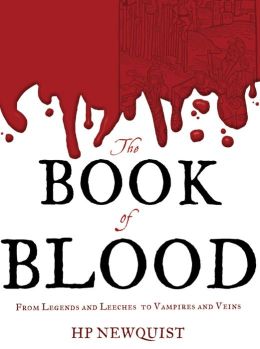Title: The Opposite of Hallelujah
Author: Anna Jarzab
Teen Reviewer: Irina Kustoskaya
Rating: 4.7/5 Stars
The Opposite of
Hallelujah by Anna Jarzab is a realistic fiction novel about Carolina
“Caro” Mitchell, your classic 16-year-old high school girl with relationships,
great friends, and a generally happy life. However, once she learns that her estranged sister of 27 is moving back to live with her and her parents,
her life is turned upside down. Can Caro learn to accept her sister and deal
with her own life at the same time?
This book features a very captivating twist to the trite
tale of an estranged family member moving back in. When I
first skimmed this book, I was expecting a soap opera full of overly dramatic
fights and hookups, but I was very wrong. This is a captivating story that
explores the more controversial topics, including religion. To clarify, this book is very
open about the delicate matter of vocation and religious isolation, and it is
actually extremely well researched. I am not one who knows much about religion
and extreme religious dedication, so this was eye-opening. There
is much thought behind this story as well, and the emotion is carefully weaved
in among the eloquent expression of teenage nature and romance, which is also
delicately, yet perfectly, worded. The plot was also quite well
rounded. Basically, this was an
exceptionally written book.
What really appealed to me about The Opposite of Hallelujah was the surprising fact that the story
was extremely relatable. There are numerous ways to relate to either the plot
or the characters- the range of choices is formidable. Whether it’s the fiery
personality of Caro or the Mitchell family situation or Hannah’s life choices
or even Caro’s dynamic romances, there is sure to be something that everybody
can at least be sympathetic to. It was quite surprising, actually- many authors
usually do not completely nail the characteristics of a teenager, but this was
the closest as one could get. It’s like Caro is a perfect reflection of a
real-life girl, which adds a lot of authenticity to the story. The situations
and conflicts in the story are realistic as well, but the effects are
amplified, creating an appealing read.
Another dynamic of this story that I thought was worth
mentioning was the diverse use of polar characters in the story. It seems, at
first, that everybody has their opposites (Caro’s parents, Caro and Hannah,
Caro and Father Bob), but eventually, the black and white transcends into more
grey areas for characters, which creates a humanlike dimension to each persona.
This story, in my opinion, is one of those stories that has
to, in some way, affect you. Not dramatically, but speaking from a psychological
point of view, it is one that should. It is intriguing, actually. The sheer
events and the amount of inner conflicts in the story defines the plot. The
book itself is very easily written- it has its sarcastic style and moderately
descriptive events, but this is one of those books that if you wish to truly
comprehend it, you should sympathize or at least think over the events in the
characters’ lives and impacts in their lives. The book itself just makes you
want to think and analyze the situations (well, it made me, anyway). Some very
powerful messages lie here as well, from a religious point of view and an
average point of view. These are also the types of messages that are very
relatable to teenagers; and they are not the cheesy ones.
This book has its pros, definitely, but with every pro come
the cons. First off, I found that the enigmatic character of Hannah Mitchell turned out to be
erratic. She was an inconsistent character, straying from her designated (and
expected) personality, but not necessarily for the better. Her remorseful,
depressed and calm nature is usually her main appearance, but she does have her
episodes of unnecessary rage and random happiness, which I find to be unfitting
with her character. I cannot blame the author- a character with severe
depression and an eating disorder is not exactly a breeze to create. She is a developed character, just not quite consistent with herself.
Another little con of the story is that Caro seems to be the perfect girl that
people envy, despite her somewhat selfish nature. Caro is, in a word, lucky;
she has a car, is in all advanced classes at school (and does very well), has the best boyfriends, best friends, loving
parents, is allowed to party and drink, and is pretty good looking. Who
wouldn’t want all of that? Her life events in the story do seem to mask this
fact, but fact is, she is one lucky girl who does not realize it and, often times,
does not appreciate it. Other than that, this story is really a captivating
read.
The Opposite of
Hallelujah by Anna Jarzab is a very thought-provoking read. I would recommend this
to anyone in highschool or around that age- it is the best time to understand
it, in my opinion. It is an easy story to contemplate- no college-level vocab
in there or anything super difficult! It is just one that you really should
pore over a bit in order to fully understand the extent of the circumstances.
It also eloquently explores the religion of the Roman Catholics, in case you
were interested in reading a little about that (the point of view is Catholic-
Caro’s family is religious). I easily read this book within two days- I read
mine on Kindle, and it is close to 300 pages in length, so it is not like Twilight long. I really recommend this book to you guys- it is seriously an
addicting read!!





